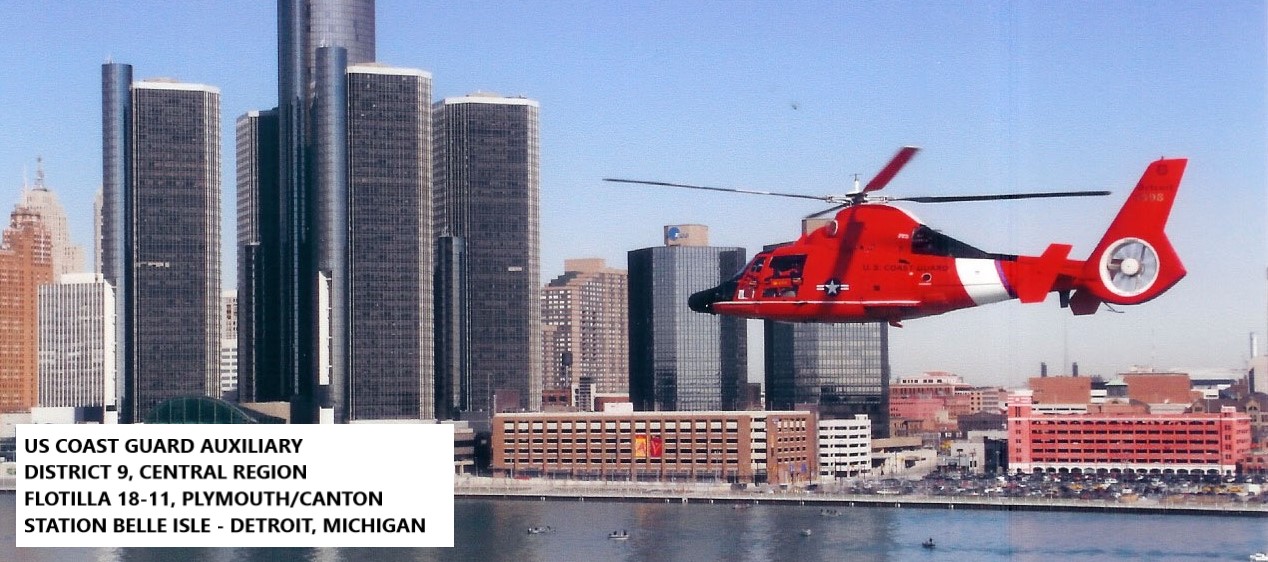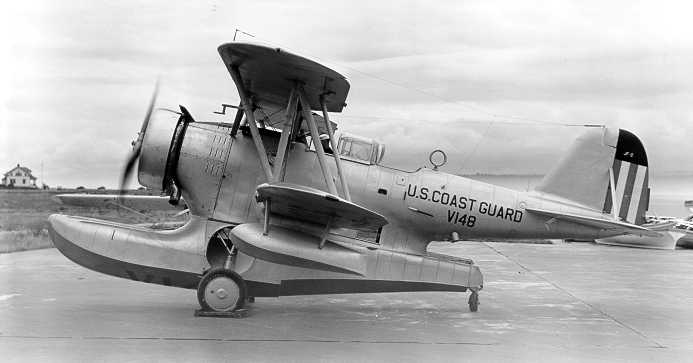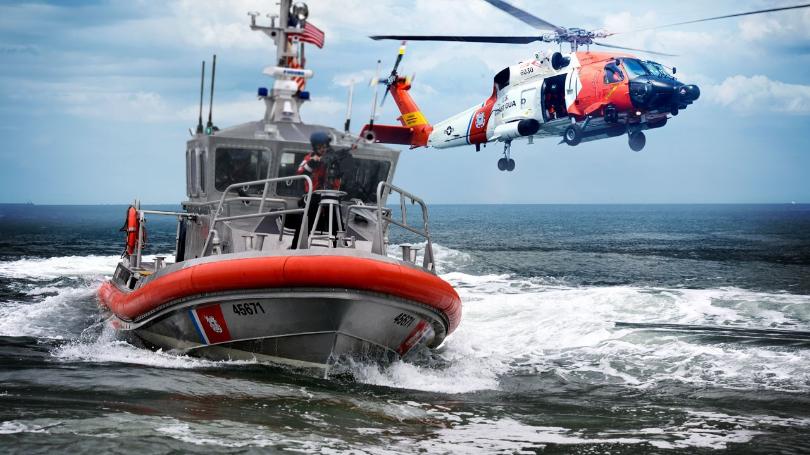U.S.C.G. Auxiliary History

A Proud Tradition, A Worthy Mission

The Coast Guard was given a legislative mandate to use civilian volunteers to promote safety on and over the high seas and the nation's navigable waters in 1939. The Coast Guard Reserve was then a non-military service comprised of unpaid, volunteer U.S. citizens who owned motorboats or yachts.
Two years later, on Feb. 19, Congress amended the 1939 act with passage of the Auxiliary Reserve as a military branch of the active service, while the civilian volunteers, formerly referred to as the Coast Guard Reserve, became the Auxiliary. So, Feb. 19 is formally recognized as the birth of the Coast Guard Reserve while June 23 is recognized as birthday of the Coast Guard Auxiliary.
When America entered World War II, 50,000 Auxiliary members joined the war effort. Some Auxiliarists served weeks at a time with the Temporary Reserve. They guarded waterfronts, carried out coastal picket patrols, rescued survivors from scuttled ships and did anything else they were asked to do. Many of their private vessels were placed in service.
After the war, Auxiliarists resumed their recreational boating safety duties.

The Auxiliary's four cornerstones - Vessel Examination, Education, Operations and Fellowship - were established and remain the Auxiliary's pillars in the 1990s.
The Vessel Examination program evolved into the well-known Courtesy Marine Examination (CME), a free examination available to any recreational boater. CME's help boaters ensure their craft complies with Federal regulations.
As for education, the Auxiliary teaches boating safety to recreational boaters of all ages. The Auxiliary offers Boating Skills and Seamanship (geared toward power boaters) and Sailing and Seamanship (for sailboaters) as well as basic and advanced navigation courses.
Auxiliarists also stand communication watches, assist during mobilization exercises, perform harbor and pollution patrols, provide platforms for unarmed boarding parties and recruit new people for the Service. Today, as in 1939, Auxiliarists are civilian volunteers who are authorized to wear a uniform similar to the Coast Guard Officer's uniform. Distinctive emblems, buttons, insignias, and ribbons are employed to identify the wearer as a member of the Auxiliary. One such insignia is the letter "A" on the shoulder boards of an Auxiliarist. Despite their silver shoulder boards (versus gold for Coast Guard officers), Auxiliarists hold no rank. The shoulder boards symbolize the office and level to which an individual Auxiliarist has been either appointed or elected.
The Auxiliary has members in all 50 states, Puerto Rico, the Virgin Islands, American Samoa, and Guam. Membership is open to men and women, 17 years or older, U.S. citizens of all states and territories, civilians or active duty or former members of any of the uniformed services and their Reserve components, including the Coast Guard. Facility (radio station, boat or aircraft) ownership is desirable but not mandatory.
Although under the authority of the Commandant of the U.S. Coast Guard, the Auxiliary is internally autonomous, operating on four organizational levels: Flotilla, Division, District Regions and National.
Flotilla - The flotilla is the basic organizational unit of the Auxiliary and is comprised of at least 15 qualified members who carry out Auxiliary program activities. Every Auxiliarist is a member of a local flotilla. Each flotilla is headed by a Flotilla Commander (FC).
Division - For maximum administrative effectiveness in carrying out Auxiliary programs, flotillas in the same general geographic area are grouped into divisions. The division provides administrative, training and supervisory support to flotillas and promotes district policy. Each division is headed by a Division Captain (DCP), and Division Vice-Captain (VCP) and usually consists of five or more flotillas.
District/Region - Flotillas and divisions are organized in districts comparable to the Coast Guard Districts and must be assigned the same district number. Some districts are further divided into regions. The district/region provides administrative and supervisory support to divisions, promotes policies of both the district commander and national Auxiliary committee. All districts and regions are governed by a District Commodore (DCO), District Vice Commodore (VCO), and District Rear Commodore (RCO), under the guidance of the Coast Guard District Commander. At this level, Coast Guard officers are assigned to oversee and promote the Auxiliary programs.
National - The Auxiliary has national officers who are responsible, along with the Commandant, for the administration and policy-making for the entire Auxiliary. These officers comprise the National Executive Committee (NEXCOM) that is composed of the Chief Director of Auxiliary (an Active Duty officer), National Commodore and the National Vice Commodores.